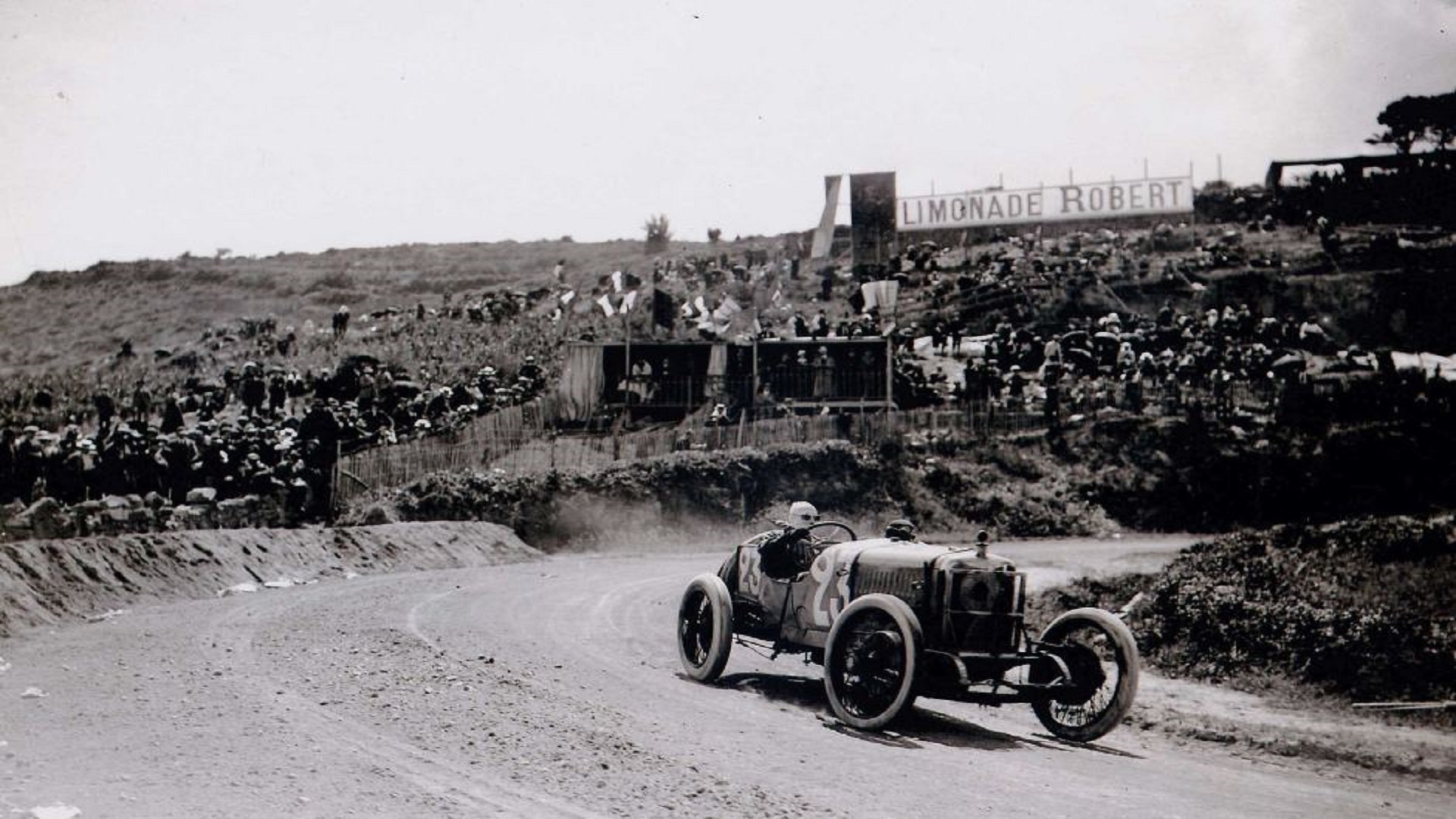

In the car restoration world—or any other kind of restoration for that matter—it is commonly understood that the older the subject, the more difficult the job. As things get older, the parts and people required to work on them get harder to find. Thanks to modern 3D printing, however, this will likely become a thing of the past. In a report by ABC.net.au, Stuart Murdoch, the Australian owner of a 1914 Delage Type-S grand prix car—the last one in existence—was recently able to breathe new life into his priceless vintage racer with help from a 3D printer in Melbourne.
A couple of years ago, Murdoch noticed water coming out of the exhaust, which turned out to be a symptom of a cracked engine block that renderered the Type-S a stationary museum piece. According to engineer Grant Cowie, creating a replacement block die using the old wood and sand method would have been extremely difficult.
This is when digital 3D printing came to the rescue. With help from industrial designer Philip Guilfoyle and 3D printers at Melbourne’s CSIRO, the block was scanned and a die was then printed. In a move that blended new and old industrial technologies, a new iron engine block was cast from the 3D-printed mould.
Delage was a French manufacturer of luxury and racing cars for the first half of the 20th century. The Type-S competed in its first grand prix in Lyons in 1914. A month later, the First World War broke out, which put grand prix racing on hiatus as a result.
3D printing has already gained attention as a parts and manufacturing solution for cars in the future. Murdoch and his Delage remind us that it is also an invaluable asset in the preservation of cars of the past.